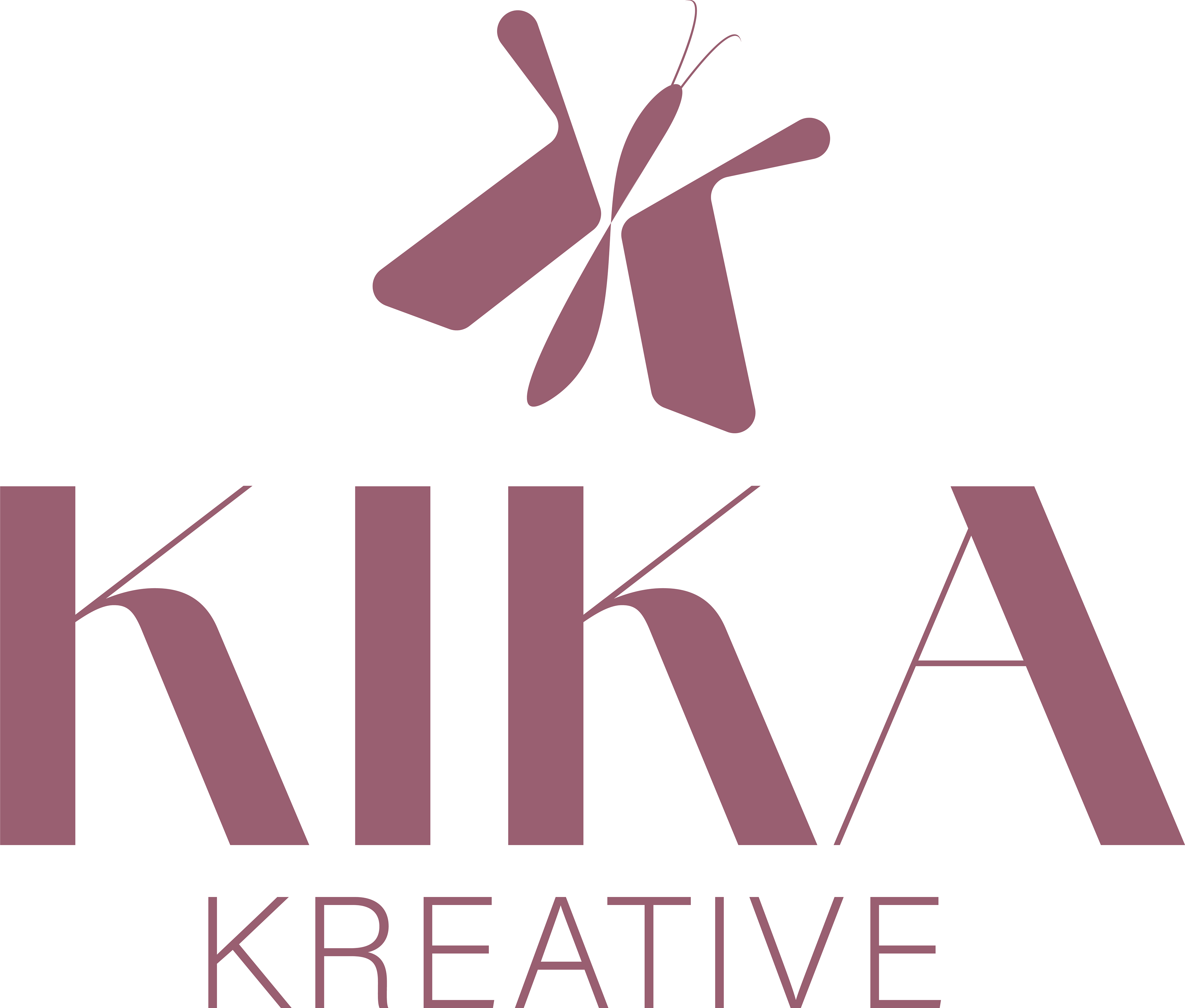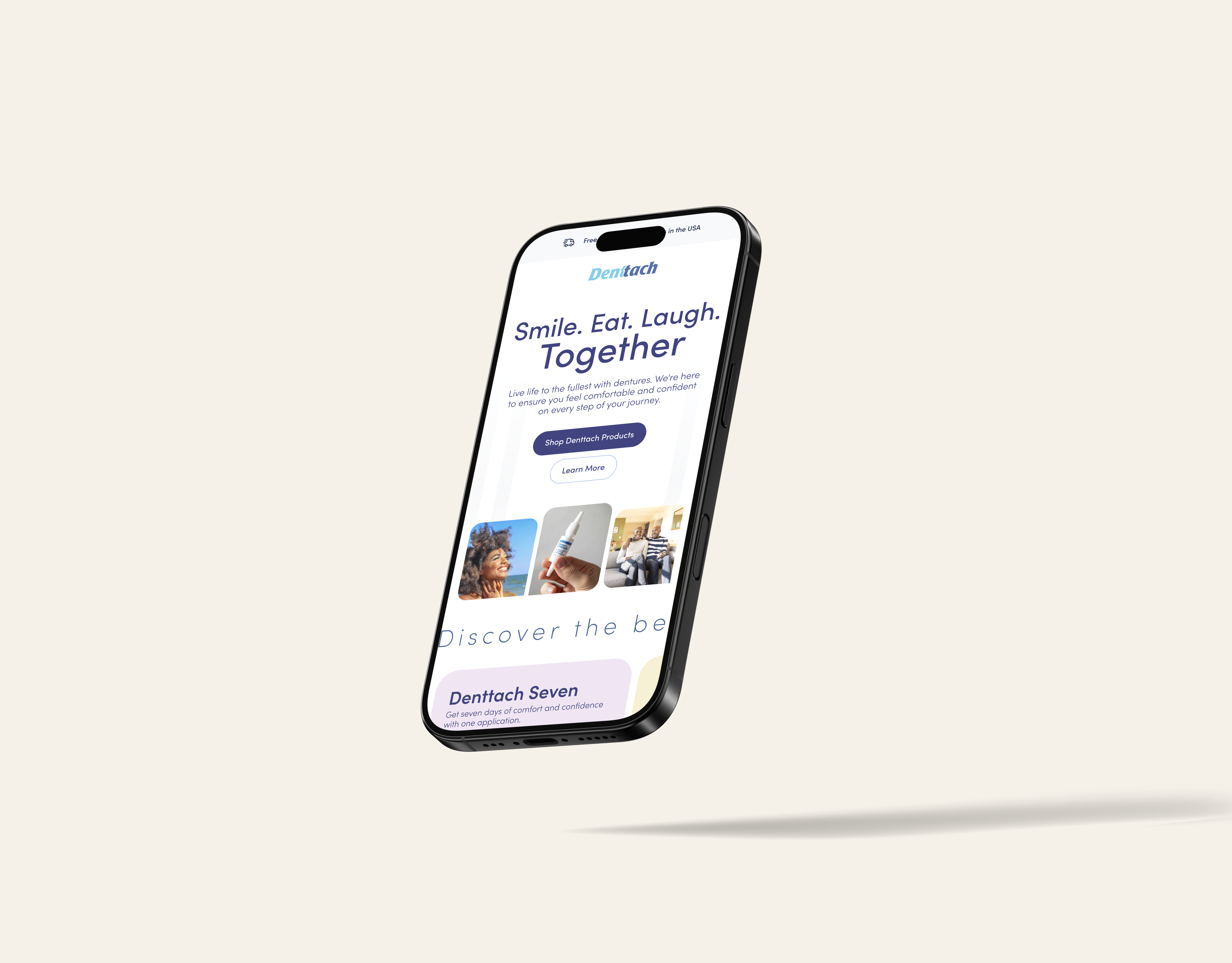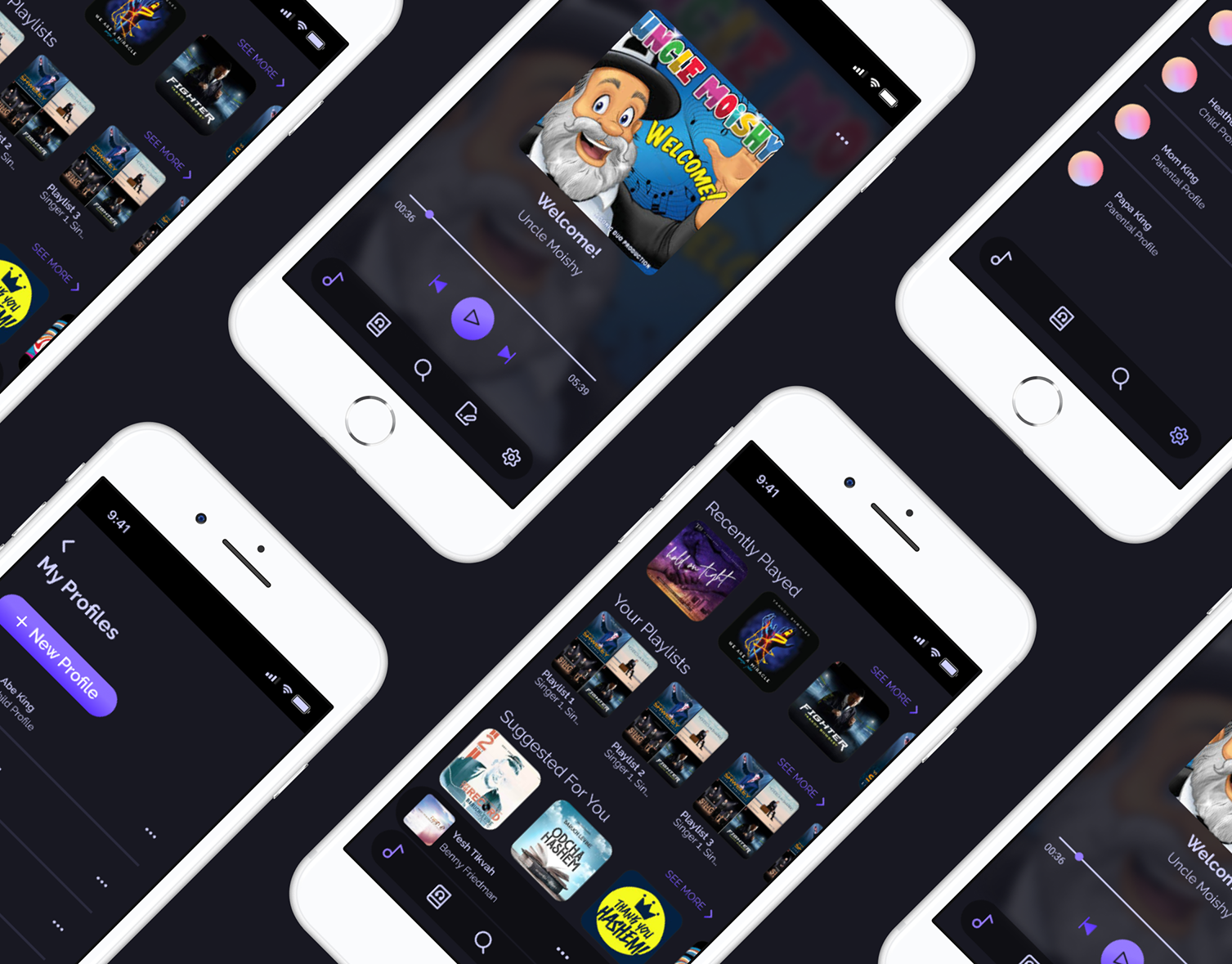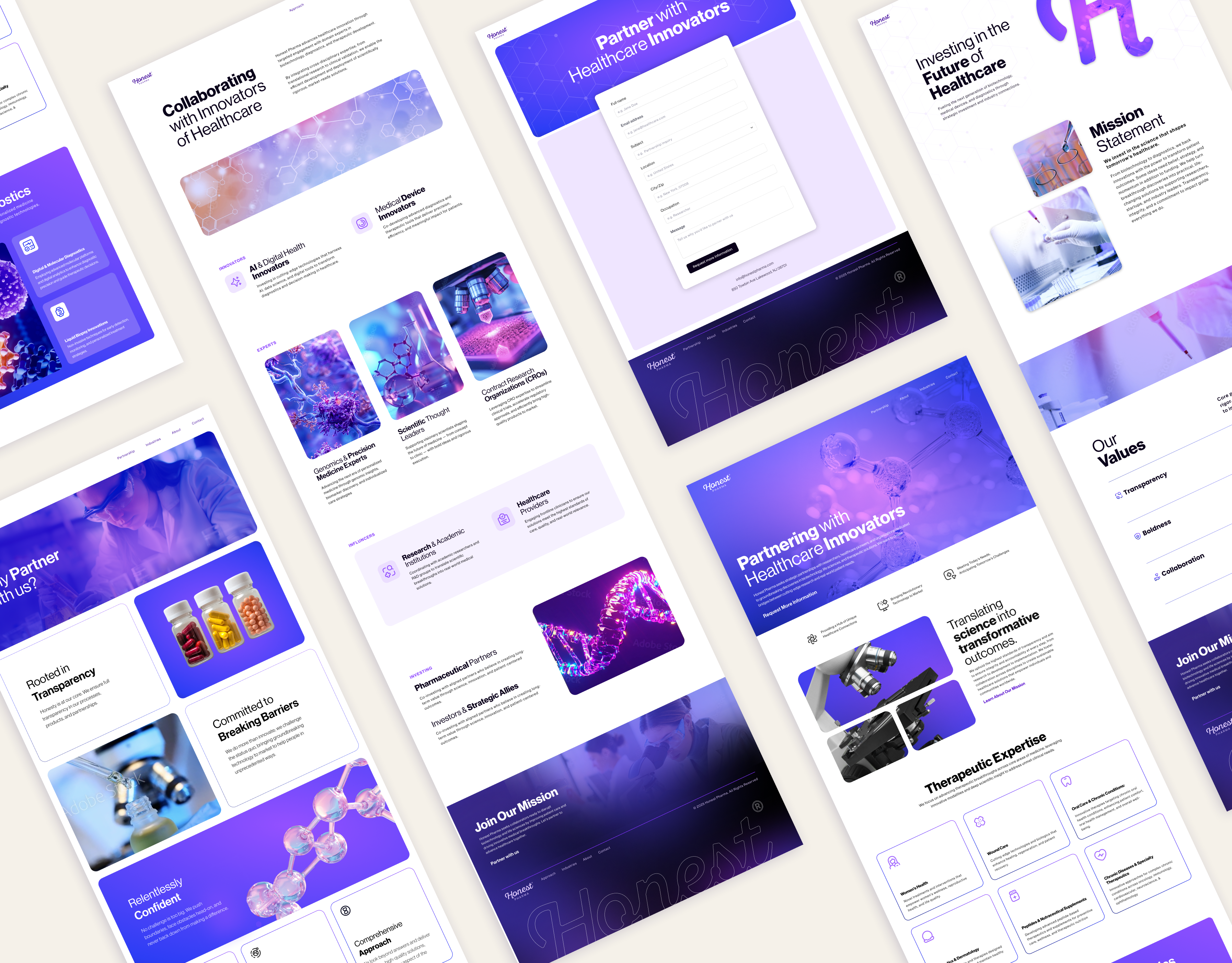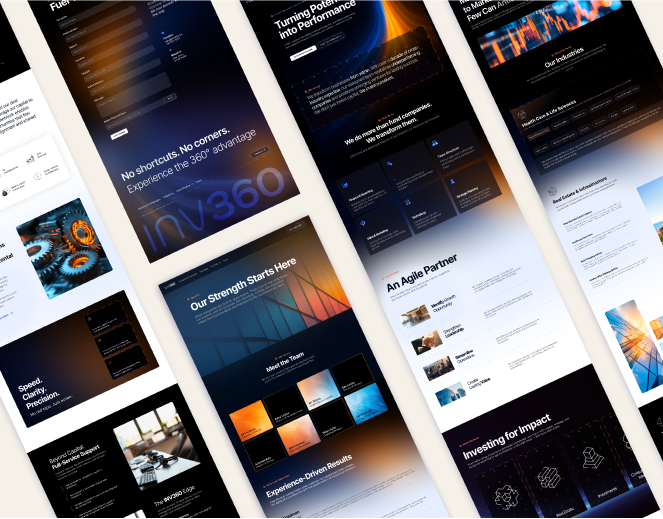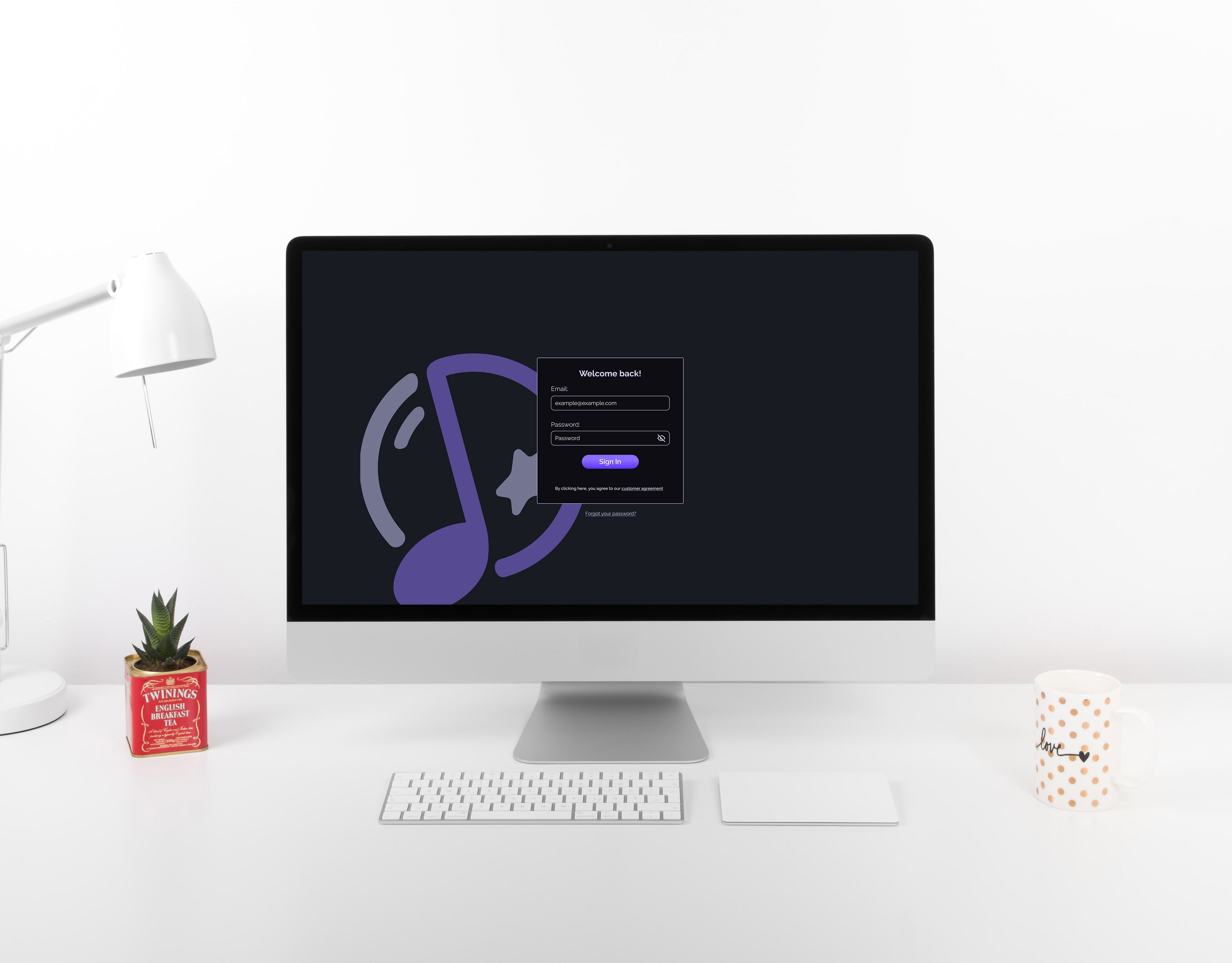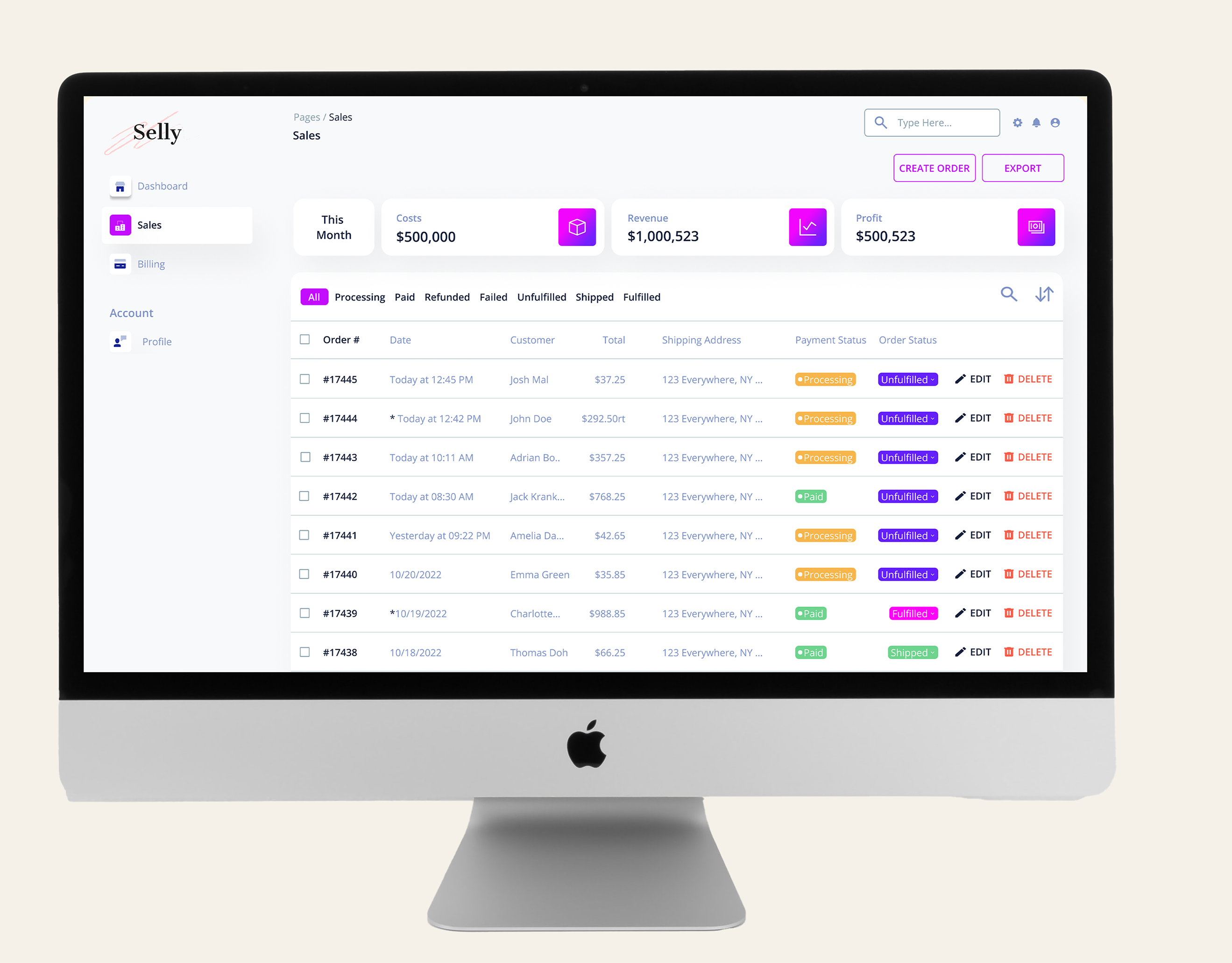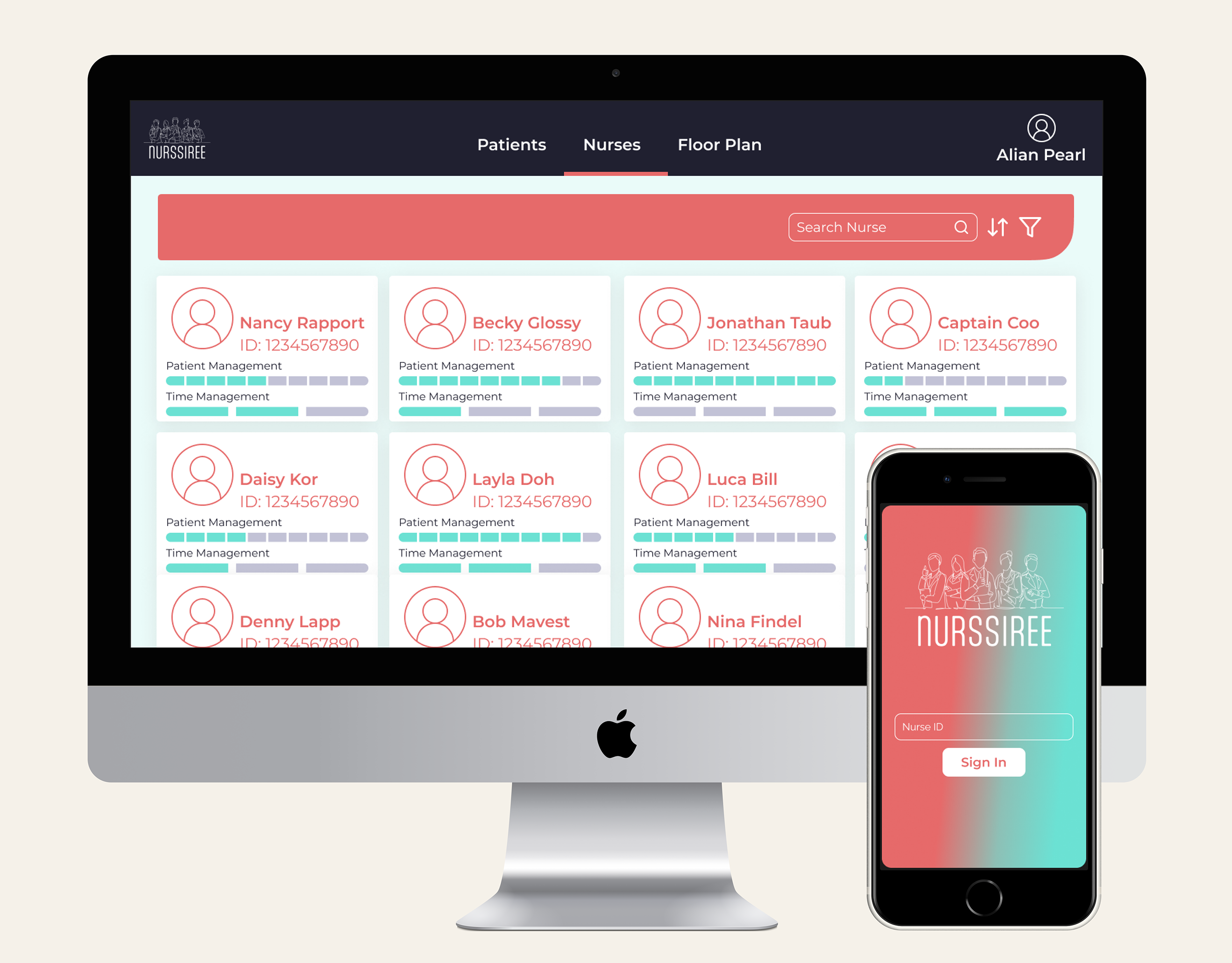Project Goal:
In this project I sought to redesign Amazon’s E-commerce website to provide a smoother user experience (UX), and provide shoppers with a more gratifying online encounter.
Throughout this project, I was guided by the assistance of my instructors.
Throughout this project, I was guided by the assistance of my instructors.
Role:
UX|UI Designer
Project Timeline:
Approximately 3 weeks
There are many E-commerce websites on the internet yet none of them are as all-encompassing as Amazon. Due to this “monopoly” of sorts, Amazon does not feel the need to upgrade its website design or enhance its user experience (UX).
Firstly, the website’s appearance is very messy and overwhelming with way too much imagery. Secondly, their search results and product suggestions are often not sufficiently refined; with results that are either not current or relevant. Their product suggestions are described as “too pushy.” Thirdly, they do not offer any quick view or hover options for products which makes it harder for the customer to preliminarily assess them.
Firstly, the website’s appearance is very messy and overwhelming with way too much imagery. Secondly, their search results and product suggestions are often not sufficiently refined; with results that are either not current or relevant. Their product suggestions are described as “too pushy.” Thirdly, they do not offer any quick view or hover options for products which makes it harder for the customer to preliminarily assess them.
To tackle the general “overwhelm” on the site I organized and categorized the landing page together with a revamp of the main menu to make it more user-friendly. In addition, I decluttered the overall site presentation by reducing the imagery and condensing the text throughout. To make the search functions more effective I refined the search results and offered a new filter that provides the option to view new listings first. Lastly, I added easy quick view shopping and hover buttons to make the buying experience faster and smoother for the user.
When working on the redesign, I first compiled information from other competing websites and stores to create a Competitive Analysis. The Analysis gave me a better understanding of the product (strong points vs. pain points etc.).
With this information in hand, I had an easier time understanding what Amazon’s pain points were and how best to address them.
With this information in hand, I had an easier time understanding what Amazon’s pain points were and how best to address them.
In addition to the Competitive Analysis, I used User Personas as a means by which to better understand the target market, as well as their interests and needs.
The last step I took before defining the final problem was creating an Affinity Diagram which included data from my research, as well as comments from users. Dividing the information into categories like home page, navigation, etc. I got a better sense of where I should focus my efforts.
After compiling and completing research on the website, the main problems became self-evident. The use of a UX Strategy Diagram enabled me to generate appropriate solutions.
After completing the UX process, I created low-fidelity wireframes incorporating the defined UX solutions.
In the Design Stage, I tweaked the Lo-Fi wireframes including implementation of colors and brand style to complete the overall new look.
The final stage of the project included the creation of responsive screens to fit the 3 standard screen sizes: desktop, tablet, and mobile.
Redesigning Amazon.com has been a great experience for me. Through the research and experimentation I did for the project I had the opportunity to learn a lot about UX features that I did not know beforehand. Working with a pre-existing site vs. building a new site from scratch allowed me to actually discover and intuit the problems and find appropriate solutions in a way that I would not have had I created a site from scratch. Reflecting on the Before and After screenshots of the design was very cool and gratifying!
Additionally, in this project, I spent more time toying around with prototyping and was able to build a more real-looking viable product to show a potential customer.
In general, I think I covered the most prominent UX problems and pain points with my redesign, thereby laying the groundwork to expand the design for the whole site in the future.
Additionally, in this project, I spent more time toying around with prototyping and was able to build a more real-looking viable product to show a potential customer.
In general, I think I covered the most prominent UX problems and pain points with my redesign, thereby laying the groundwork to expand the design for the whole site in the future.
-This is a Student Project-
